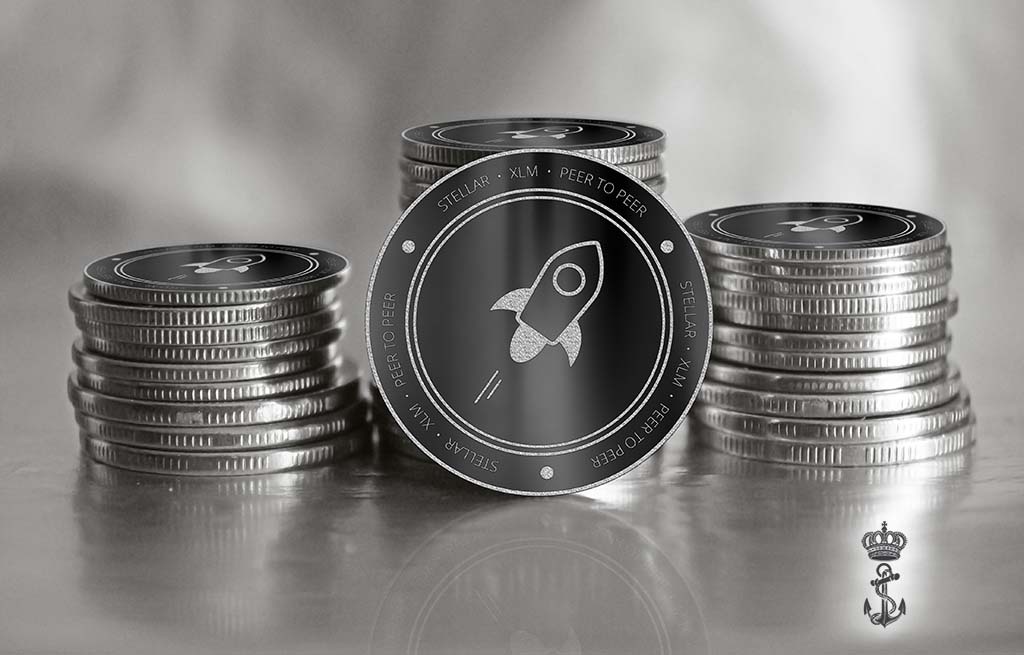CBDCs are a form of cryptocurrency that straddles the fence between fiat money and crypto. Since most stable coins are backed by a reserve asset like US dollars or precious metals, they enjoy greater stability than other crypto coins. But since they’re blockchain-based, they offer greater security, privacy, and streamlined processing than traditional money.
Jan 22, 2022 (Heraldkeepers) — The past two years have seen an explosion of interest in cryptocurrencies. Bitcoin, Ethereum, and dozens of other tokens have taken investors on a wild ride, up to incredible highs and down to fear- inducing lows. Through it all, investors in cryptocurrency have heard one objection more loudly and consistently than any other: Why would anyone invest in a ‘currency’ that doesn’t have anything backing in it?
This lack of a reserve asset has kept many would-be investors at arm’s length. It’s also made many financial institutions and businesses wary of accepting or trading in crypto. That’s why CBDCs were invented.
CBDCs are a form of cryptocurrency that straddles the fence between fiat money and crypto. Since most stable coins are backed by a reserve asset like US dollars or precious metals, they enjoy greater stability than other crypto coins. But since they’re blockchain-based, they offer greater security, privacy, and streamlined processing than traditional money.
This fusion of traditional, fiat currency with cryptocurrency offers a financial way forward that’s left many businesses and governments excited about the possibilities. That’s what is behind the growing number of central bank digital currencies (CBDC) being explored by national banks around the world. These are essentially virtual versions of fiat currencies, designed to take advantage of the fiat and crypto systems.
Unfortunately, until recently, the use of stablecoins and CBDCs has been limited to online exchanges. This is coming to an end with the advent of a partnership between Stellar Technology, IBM, and several major worldwide banks.
Within the past two years, at least eleven international banks have announced that they would begin issuing coins on IBM’s World Wire payment network. This payment network is a project developed by a team at IBM using the Stellar public blockchain. This blockchain’s advanced features makes it possible for funds to be transferred instantly from anywhere in the world. In addition, it empowers the partnering banks to develop their own, native coin as well as offer other financial services.
IBM chose to partner with Stellar on the project since it’s free to use and was specifically designed to facilitate asset issuance. In fact, Stellar’s blockchain doesn’t require smart contracts for asset issuance. It’s a feature built directly into the blockchain. In addition, its high interoperability, security controls, and the flexibility of its permissionless ledger make it the perfect option for minting coins and CBDCs. Stellar’s robust functionality made for the perfect partner when IBM determined to develop a cross- border payment solution.
While participating banks will be able to mint and use their own coins, that won’t be their only option. They’ll also be able to use lumens, the Stellar blockchain’s native token. Lumens can function as a bridge currency, making it far easier to trade one type of fiat currency for another. There’s also the possibility that the World Wire payment network could support other cryptos, though specifics have not been announced.
Brazil’s Banco Bradesco, Bank Busan of South Korea, and the Philippines’ RCBC were three of the first banks to issue coin or CBDCs with the help of IBM’s World Wire payment network. Since they paved the way, numerous other financial institutions have joined them, each looking to serve their clients and communities more effectively.
These partnerships are only the first steps for Stellar and IBM’s World Wire. Jesse Lund, IBM’s head of blockchain for financial services, desires to see the payment network grow into an international, cross- currency exchange.
According to an interview with CoinDesk, he said, “As more coins come on board, the whole notion of FX changes over time. We are working very hard to expand the ecosystem of coins that will include many more banks and many more fiat currencies – so digital representations of fiat currencies – and even, eventually, central bank issued digital currencies.”
But Stellar’s partnership with IBM World Wire is only one way that its unique blockchain is being used to expand the use of coins by banks around the world. They’ve also partnered directly with several financial institutions, including Societe Generale, HSBC, BBVA, Agence France Tresor etc., to power their network’s transactions. While these are traditional banks, they do offer many of the financial services needed by people around the world, many of whom don’t have many other options. Stellar will make it easier than ever for these people to transfer funds within their borders as well as internationally.
There are currently over sixty projects being actively developed and supported via the Stellar blockchain.
For More Information, please visit- cbdc-tokens.orgSource – HeraldKeeper

Leave a Reply